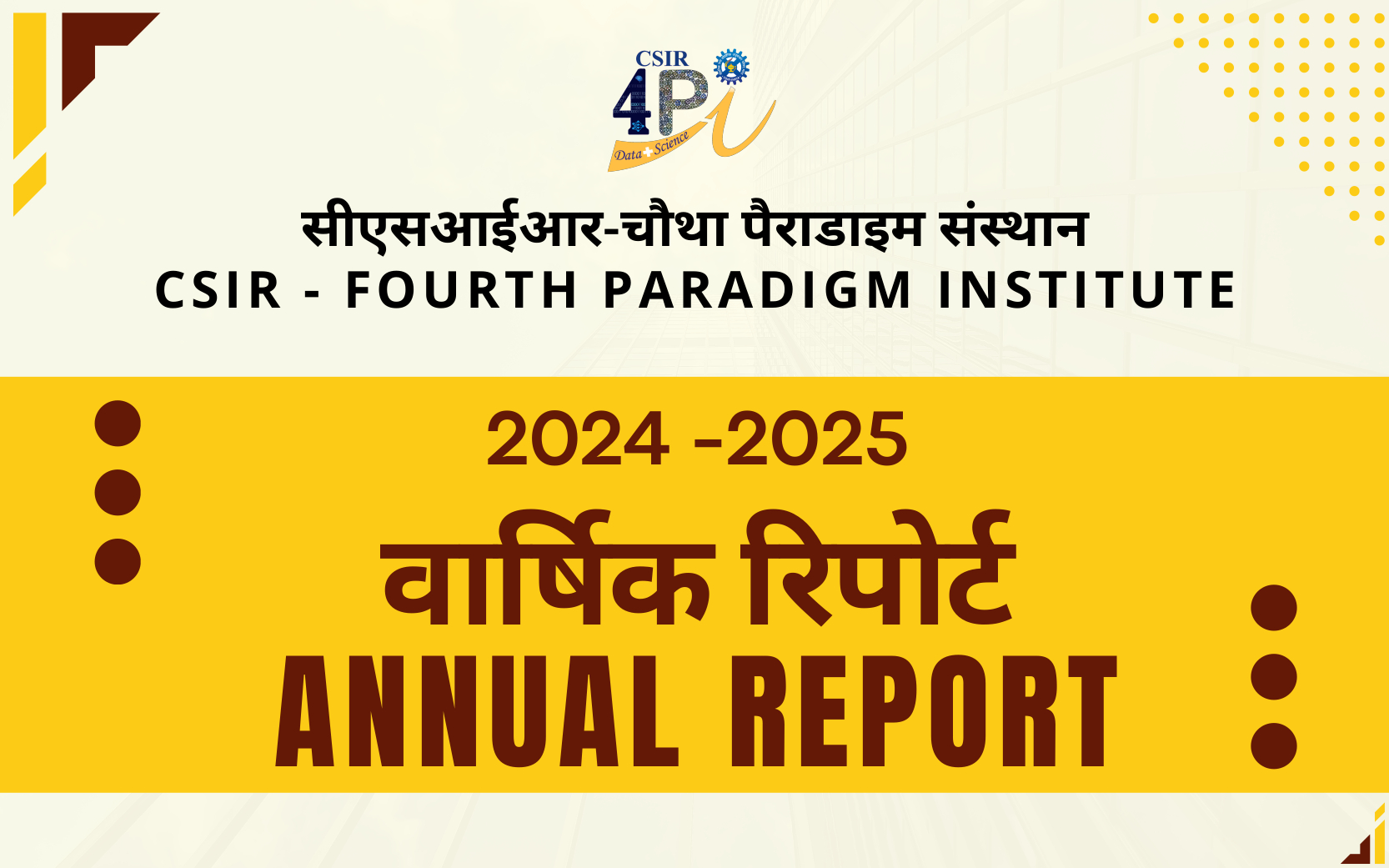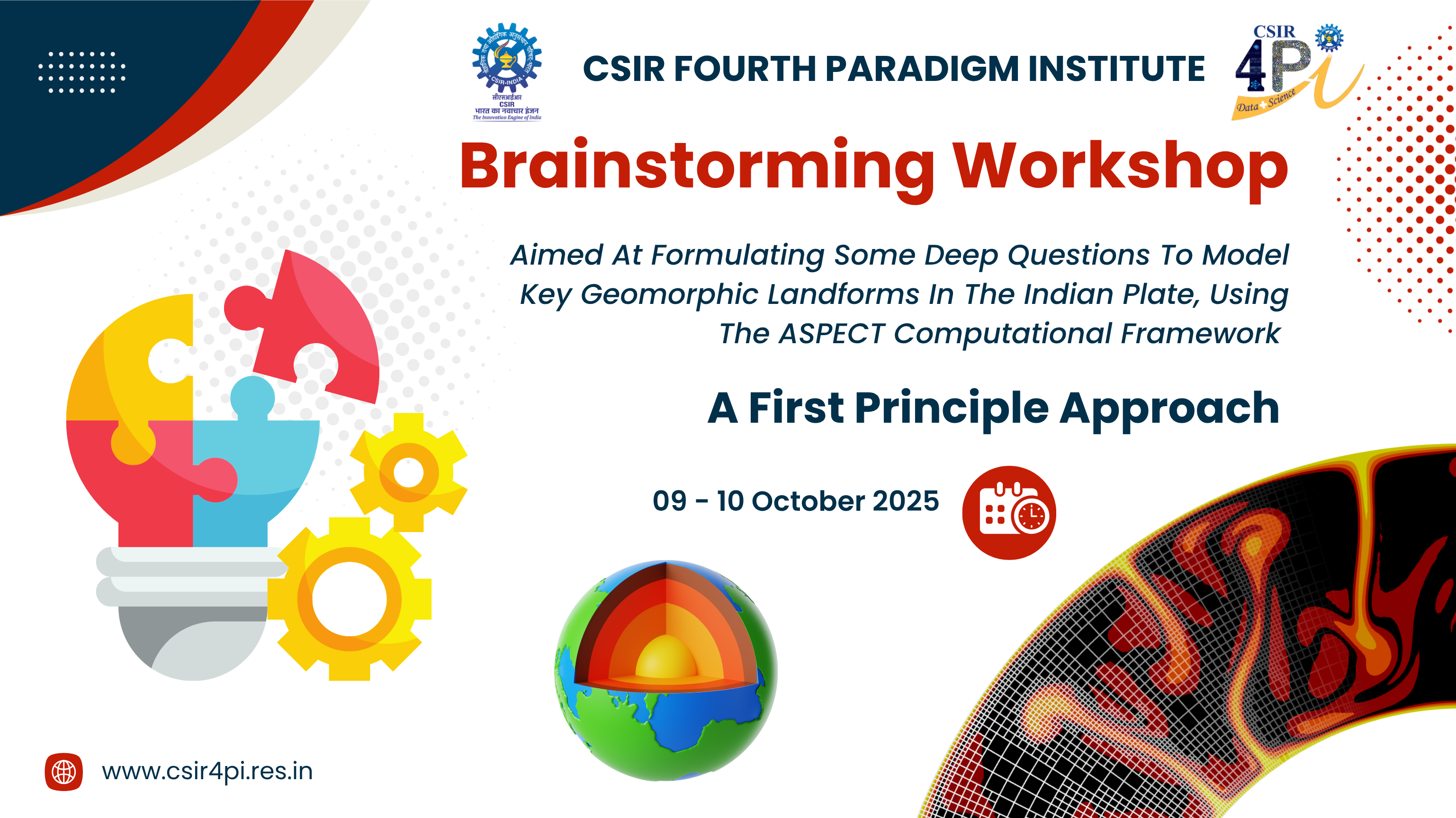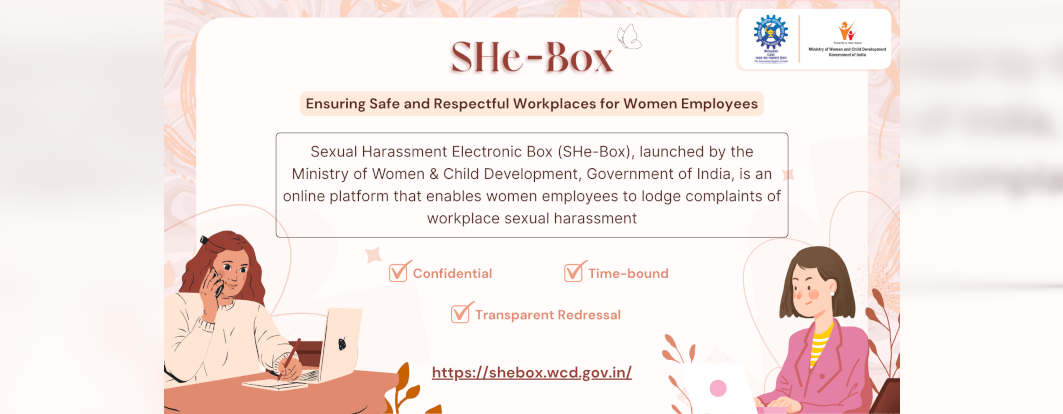Relationship of height and intensity of low-level jet stream with Indian summer monsoon rainfall
by Smrati Purwar, V. Rakesh, Ajay Bankar & G. N. Mohapatra
A strong equatorial flow at lower troposphere exists over the Indian Ocean plays a crucial role in modulating the Indian Summer Monsoon Rainfall (ISMR) referred as monsoon low-level jet (MLLJ). The variation in strength and height of MLLJ can provide an important lead in predicting the variations in ISMR. The variability of MLLJ is examined using the fifth-generation ECMWF (European Centre for Medium-Range Weather Forecasts) reanalysis ERA-5; National Centers for Environmental Prediction-Climate Forecast System Reanalysis (NCEP-CFSR)/Climate Forecast System, version 2 (CFSv2); the Modern-Era Retrospective Analysis for Research and Application, version-2 (MERRA-2); and radiosonde data during 40-year period (1979–2018). The results suggest that there is an increasing trend in MLLJ strength during July and September, but a decreasing trend is observed during August. The MLLJ height showed an increasing trend in all the data sets. Significant interannual oscillations in MLLJ strength and height are observed with a prominent periodicity of 2–3 years. The ISMR over Western Ghats region and central India showed strong positive correlation with the MLLJ strength as well as height except during August. It is noted that the influence of the MLLJ on rainfall over the Indian landmass is stronger during the onset and withdrawal phases of monsoon. The increasing trend in MLLJ height indicated the possibility of increase in rainfall over many regions in India especially Western Ghat and Central India.
Source: https://doi.org/10.1007/s00704-022-04301-3






























